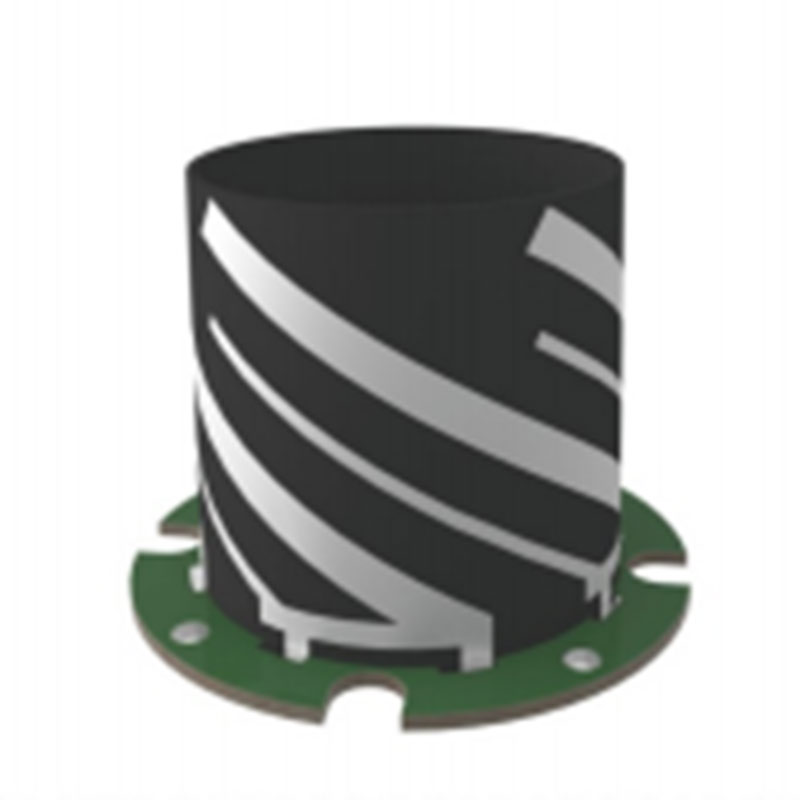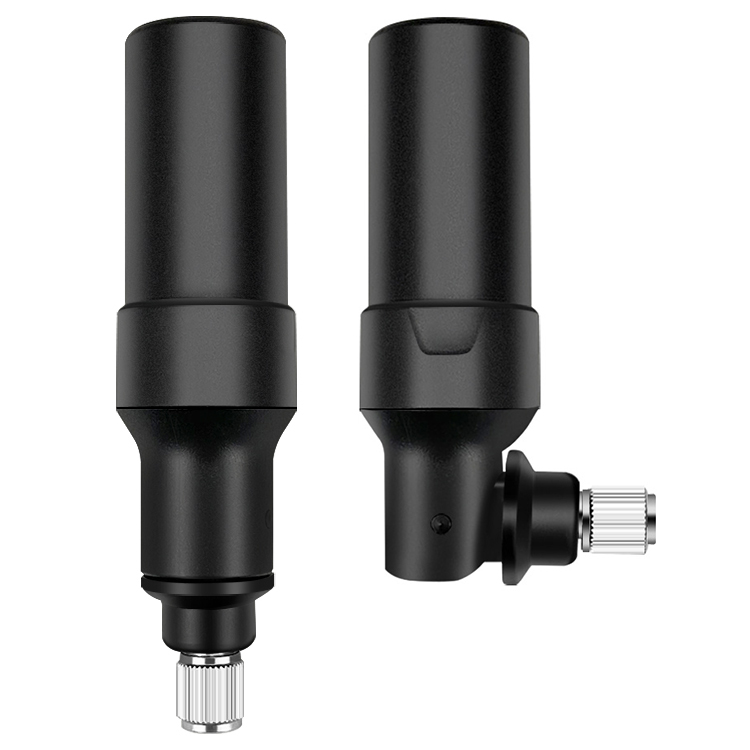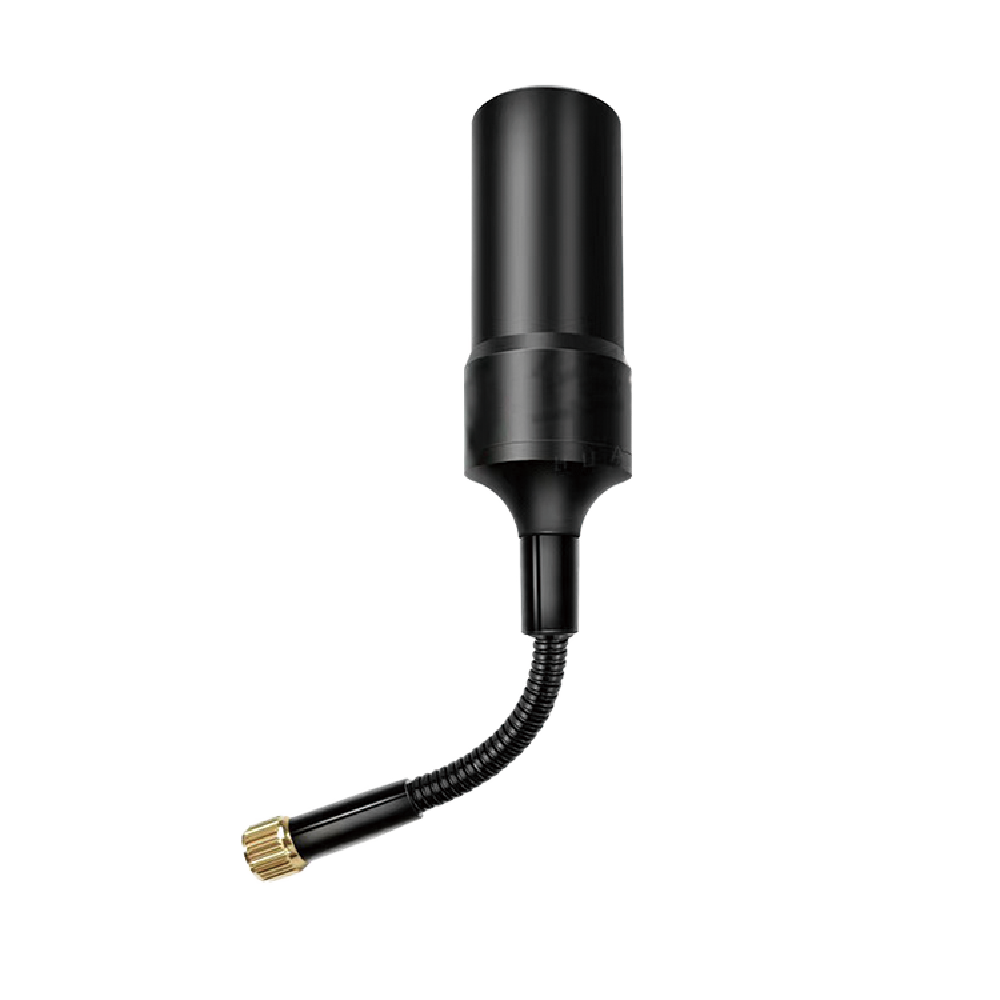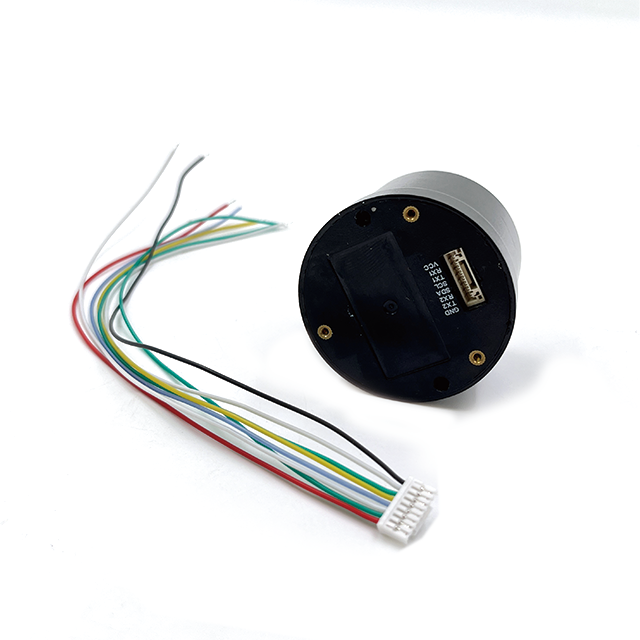The unique capabilities of high-gain GNSS antennas have unlocked a vast array of sophisticated UAV applications that were previously impossible or impractical. Furthermore, ongoing advancements promise to further expand these capabilities and open new frontiers.
Current Applications:
Aerial Surveying and Mapping: This is the most demanding application. High-precision RTK/PPK-enabled drones equipped with high-gain antennas are used for creating highly accurate digital elevation models (DEMs), contour maps, and 3D models for construction, mining, archaeology, and civil engineering. The antenna is critical for ensuring that each photograph or LiDAR point is tagged with a centimeter-accurate position.
Precision Agriculture: Drones use multispectral and hyperspectral cameras to assess crop health. To create accurate Normalized Difference Vegetation Index (NDVI) maps and enable variable-rate application of water or fertilizers, the imagery must be precisely geotagged. This requires the stable positioning provided by a high-gain antenna.
Infrastructure Inspection: inspecting power lines, wind turbine blades, cell towers, and bridges often requires flying close to large metal structures that cause severe multipath and signal blockage. A high-gain antenna's resilience is crucial for maintaining a safe and stable position hold, allowing the pilot or autonomous system to focus on capturing inspection data.
LiDAR and Photogrammetry: These technologies are the gold standard for 3D data collection. The point cloud generated by LiDAR or from photogrammetric processing is only as accurate as the platform's trajectory, which is calculated using GNSS/IMU integration. The clean, continuous carrier-phase data from a high-gain antenna is essential for generating a precise trajectory, ensuring the final point cloud is metrically accurate.
Autonomous Logistics and Delivery: For drones to autonomously navigate to a specific landing pad on a hospital roof or in a backyard, they require extremely precise positioning, especially during the final approach and landing phase. A high-gain antenna ensures the drone knows its location with the required certainty to operate safely in potentially congested environments.
Scientific Research and Environmental Monitoring: Applications like glacier monitoring, wildlife tracking, and atmospheric sampling require drones to fly pre-programmed paths repeatedly with high positional repeatability. This is only possible with a high-integrity GNSS solution.
Future Trends:
Tighter GNSS/IMU Sensor Fusion: The future lies in deeply coupled INS (Inertial Navigation System) architectures. Here, the raw data from the GNSS receiver (pseudorange, carrier-phase) and the inertial measurement unit (IMU) are fused at a fundamental level. The role of the high-gain antenna will be to provide the longest possible periods of high-quality GNSS data to continually calibrate and bound the drift of the ultra-accurate, miniaturized IMUs (e.g., MEMS-based tactical grade) that are becoming more affordable.
Anti-Jamming and Anti-Spoofing (AJS) Integration: As airspace becomes more crowded and the threat of intentional interference grows, resilience is paramount. Future high-gain antennas will increasingly be integrated with controlled reception pattern antennas (CRPAs) or will be part of array systems. These systems can electronically form nulls in their radiation pattern in the direction of jammers while maintaining gain towards satellites, providing a powerful hardware-level defense against interference and spoofing attacks.
Multi-Frequency, Multi-Constellation as Standard: Support for all signals from all constellations (GPS L1C/A, L2C, L5; Galileo E1, E5a, E5b, E6; BeiDou B1, B2, B3; etc.) will become the baseline. This "every signal available" approach will provide unparalleled robustness, faster integer ambiguity resolution for RTK, and higher accuracy through advanced atmospheric modeling.
Further Miniaturization and Integration: Advances in materials science (e.g., new dielectric substrates) and manufacturing techniques (e.g., 3D printing of antenna elements) will continue to drive down the size, weight, and profile of high-performance antennas. We will see them more seamlessly integrated into the airframe itself, perhaps as conformal patches that are flush with the fuselage skin, eliminating drag entirely.
AI-Driven Adaptive Antennas: Research is ongoing into "cognitive" antennas that can use AI to dynamically adapt their pattern in real-time based on the RF environment. For example, the antenna could momentarily widen its beamwidth during a sharp turn or create a deeper null towards a newly detected interference source, all while optimizing for the best possible satellite tracking.
Paving the Way for Urban Air Mobility (UAM): The stringent safety and reliability requirements of passenger-carrying air taxis will demand navigation systems with immense integrity. High-gain, anti-jam, multi-antenna GNSS systems will be a foundational technology for UAM, providing the necessary continuous and trustworthy PNT data for navigation in dense urban environments.
The evolution of the high-gain GNSS antenna is thus moving from being a standalone component to becoming an intelligent, integrated node within a robust and resilient PNT system. It will be a key enabler for the next generation of autonomous systems that will operate in increasingly complex and contested environments.
Conclusion
The high-gain GNSS antenna is a quintessential example of how a focused improvement in a fundamental component can catalyze a revolution in system-level capability. For unmanned aerial vehicles, it has transitioned from a peripheral accessory to a mission-critical sensor that sits at the very beginning of the data chain. Its role is passive yet profound: to act as a sensitive and selective collector of the faint whispers of navigation satellites, filtering out the noisy clamor of the RF environment.
As we have explored, the design and construction of these antennas represent a sophisticated fusion of electromagnetic theory, advanced materials science, and precision engineering. The pursuit of higher gain, stable phase center, multi-band operation, and minimal SWaP footprint involves constant trade-offs and innovations. The working principle, centered on directivity and circular polarization, provides the tangible advantages of unparalleled accuracy, robust reliability, and resistance to interference that define modern professional drone operations.
These advantages are not merely academic; they directly enable transformative applications across industries—from creating the digital twins of our world in surveying to optimizing global food production in agriculture, and from maintaining critical infrastructure to envisioning a future of autonomous urban air mobility. The antenna is the unsung hero that makes centimeter-level precision in a dynamic aerial platform not just possible, but routine.
However, this capability does not come without its challenges. The constraints of size, weight, aerodynamics, and cost demand a systems-level approach to integration. The future trends point towards even greater integration, intelligence, and resilience. The antenna will become less of a distinct component and more of an intelligent subsystem, working in deep synergy with IMUs and advanced algorithms to provide assured Positioning, Navigation, and Timing (PNT) even in adverse or contested spectral environments.
In conclusion, as UAVs continue to evolve towards greater autonomy and more complex missions, the demand for precise and reliable PNT will only intensify. The high-gain GNSS antenna, therefore, is not a static technology but a rapidly advancing field that will continue to be a cornerstone of autonomous flight. Its ongoing development will be instrumental in unlocking the full potential of drones, ensuring that they can operate safely, efficiently, and accurately in the skies of today and tomorrow.




































































 Language
Language
 En
En Cn
Cn Korean
Korean

 Home >
Home > 








 18665803017 (Macro)
18665803017 (Macro)













